Forage Fescue Pasture Grass Seed
Specifications
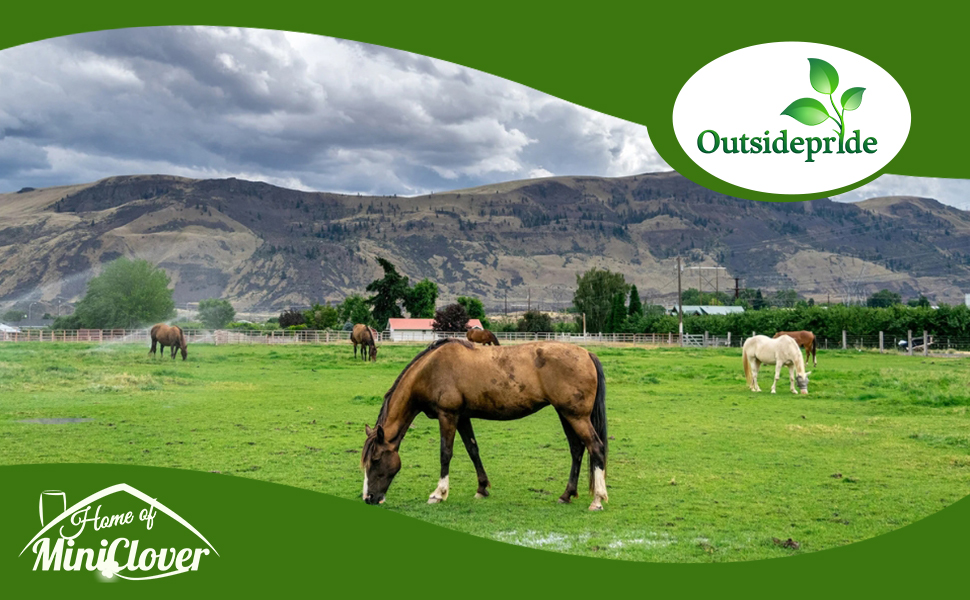
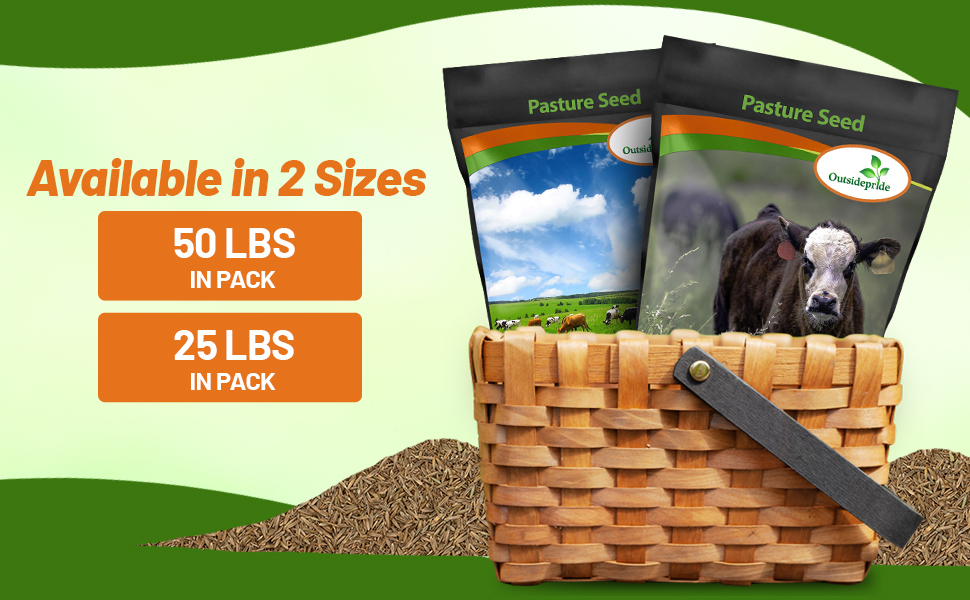
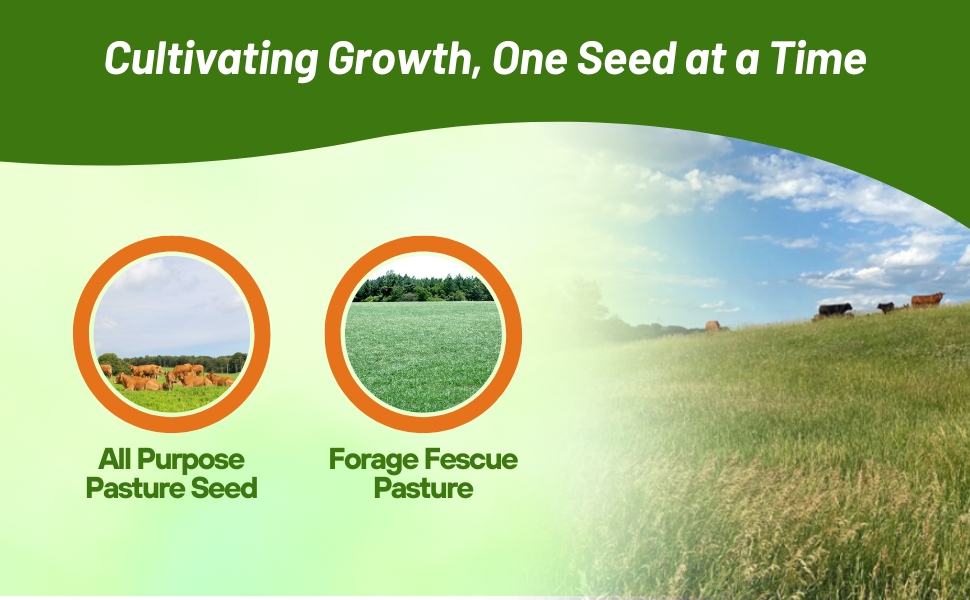
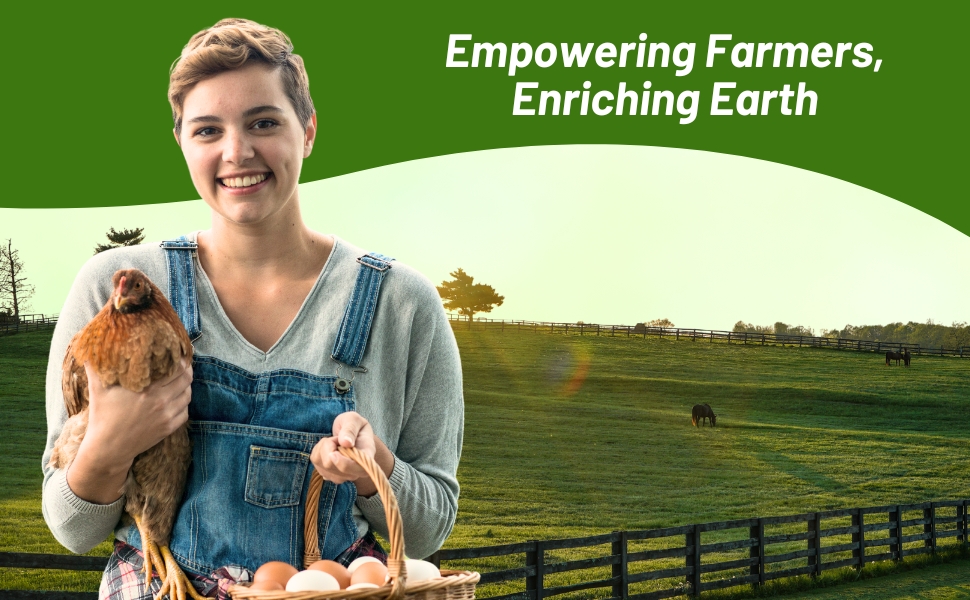
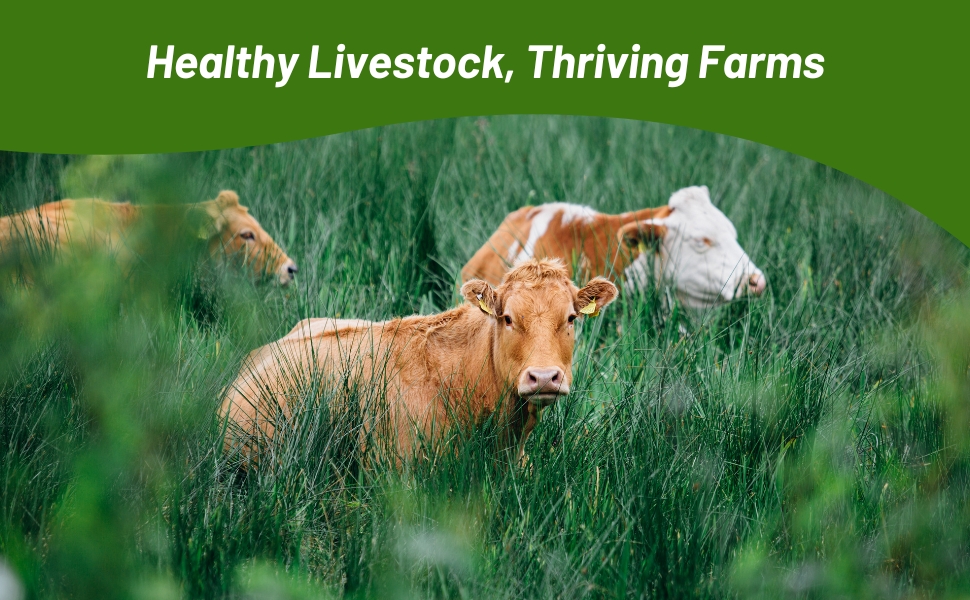
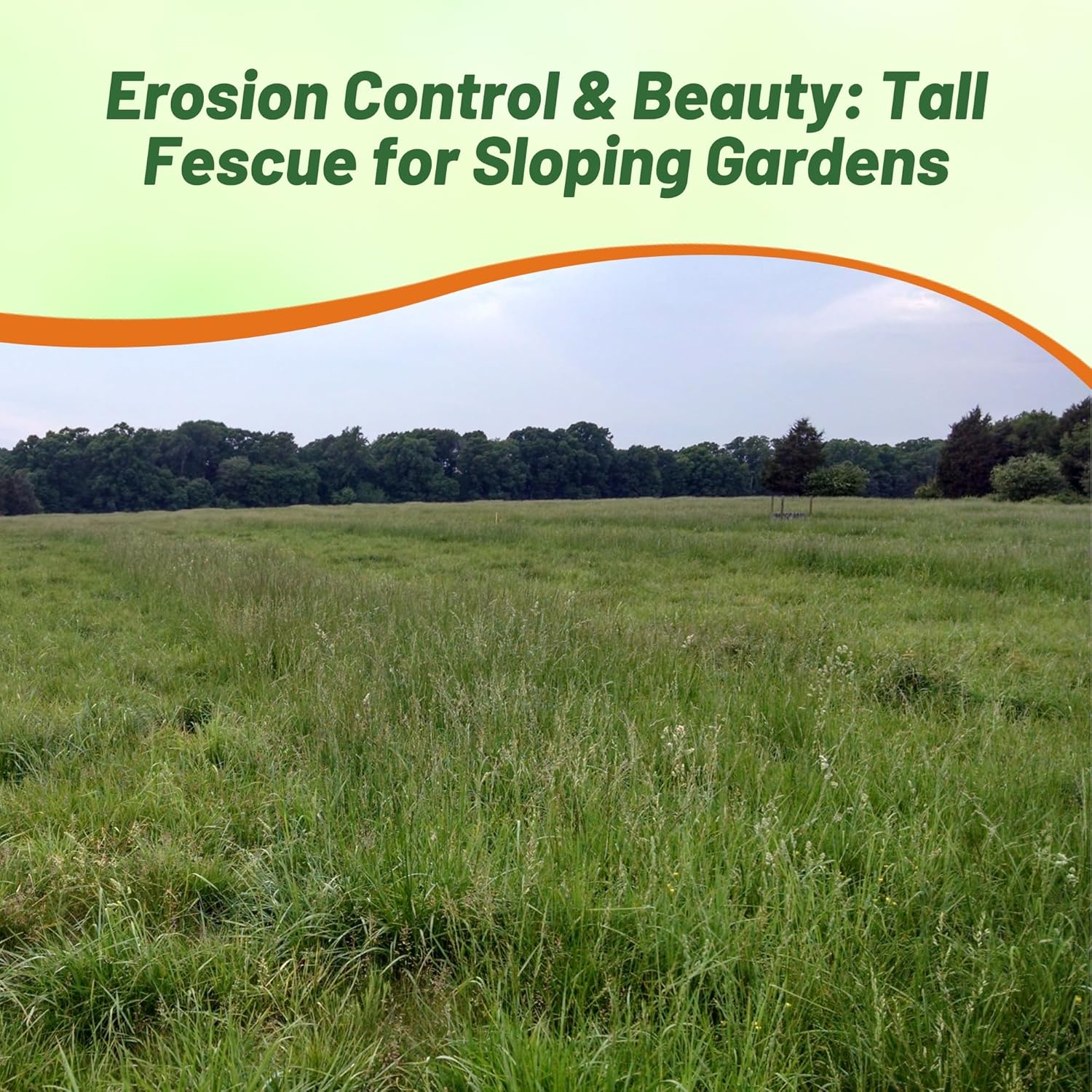
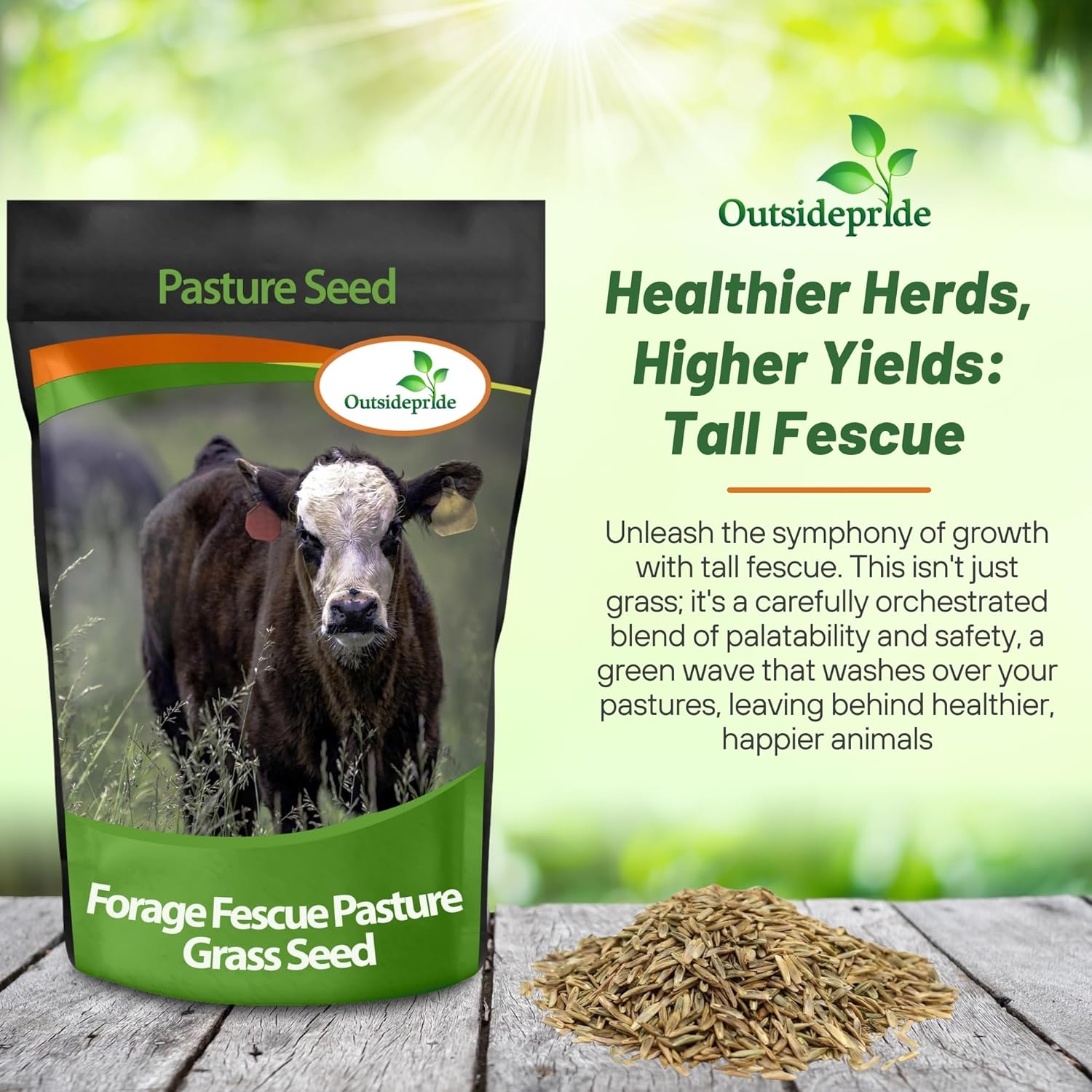
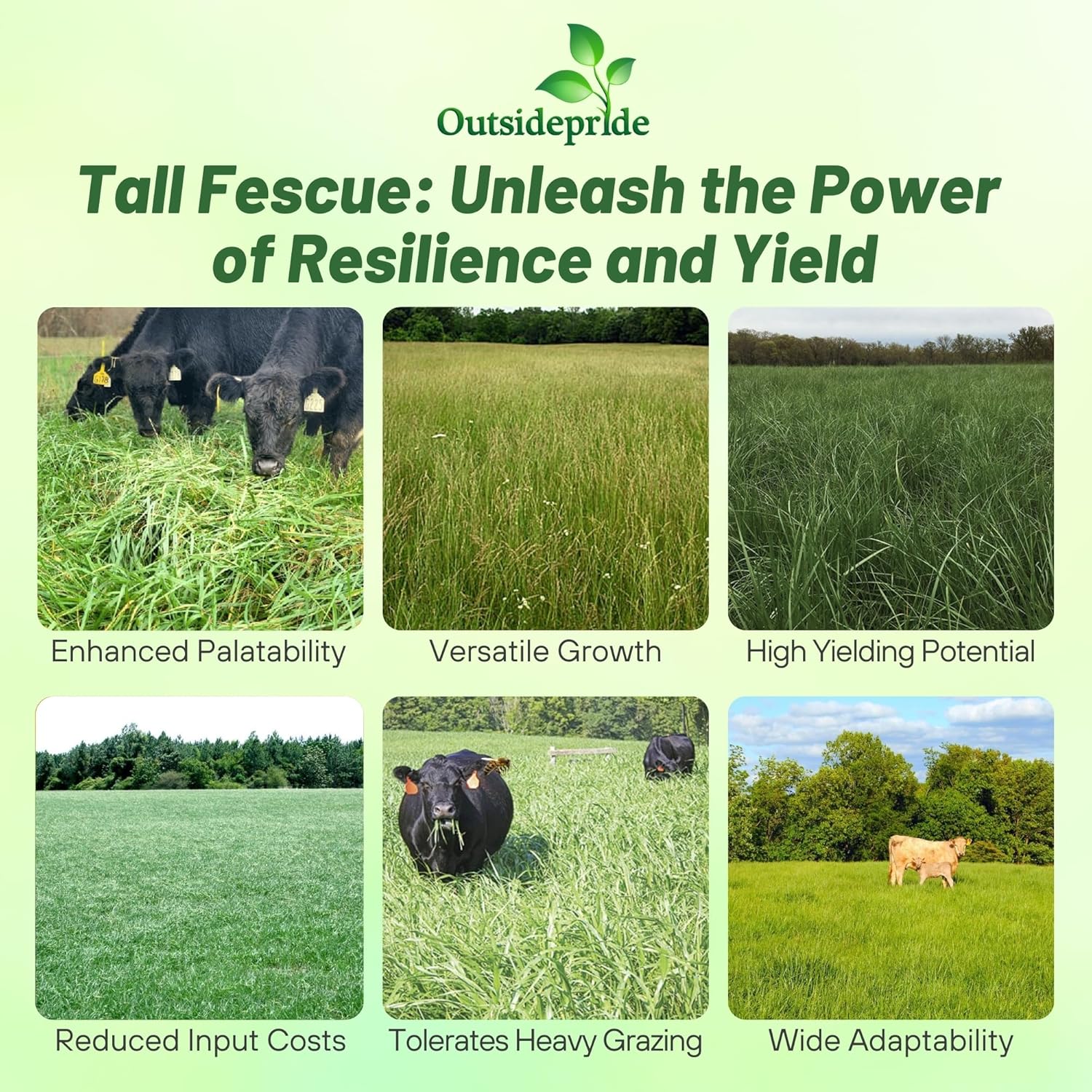

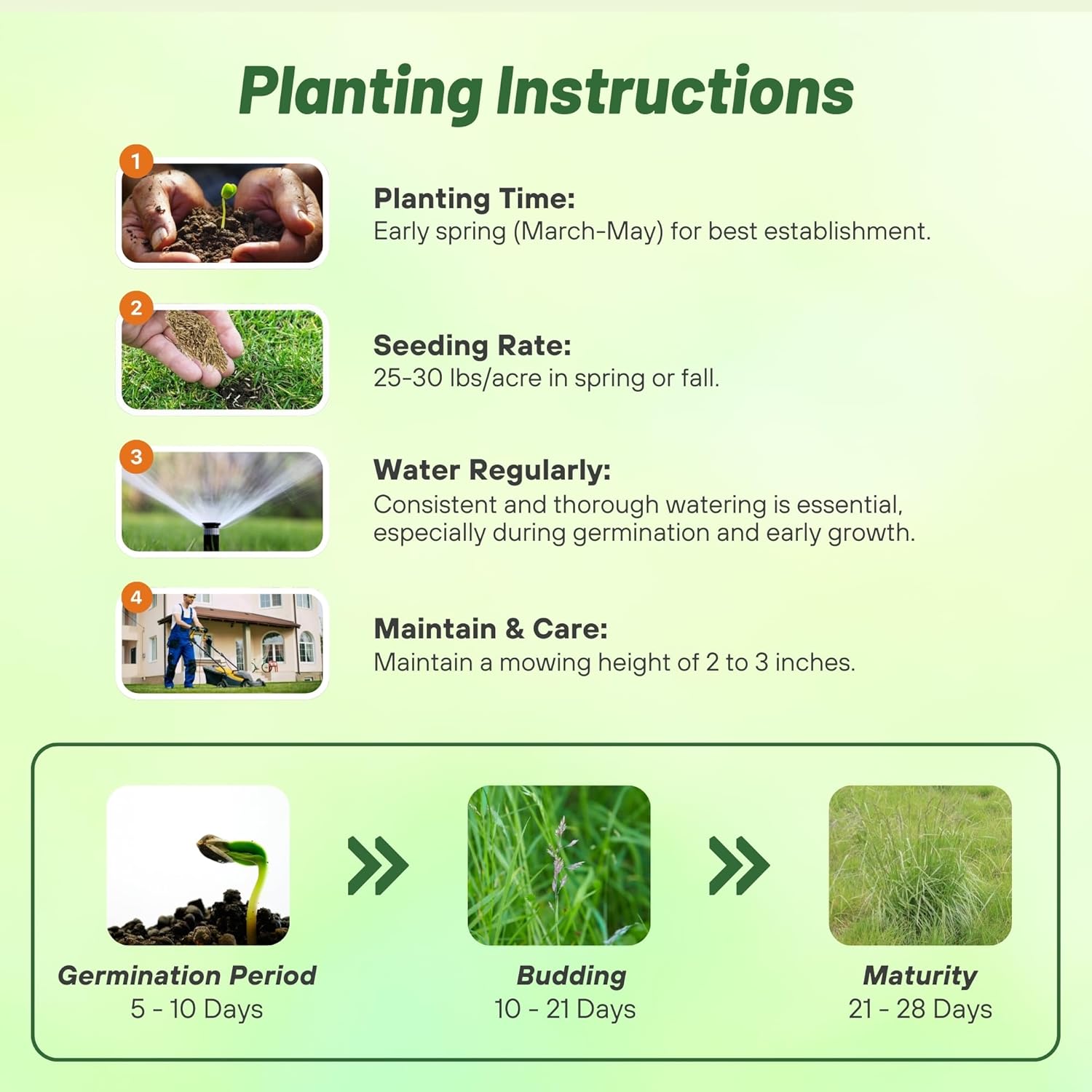

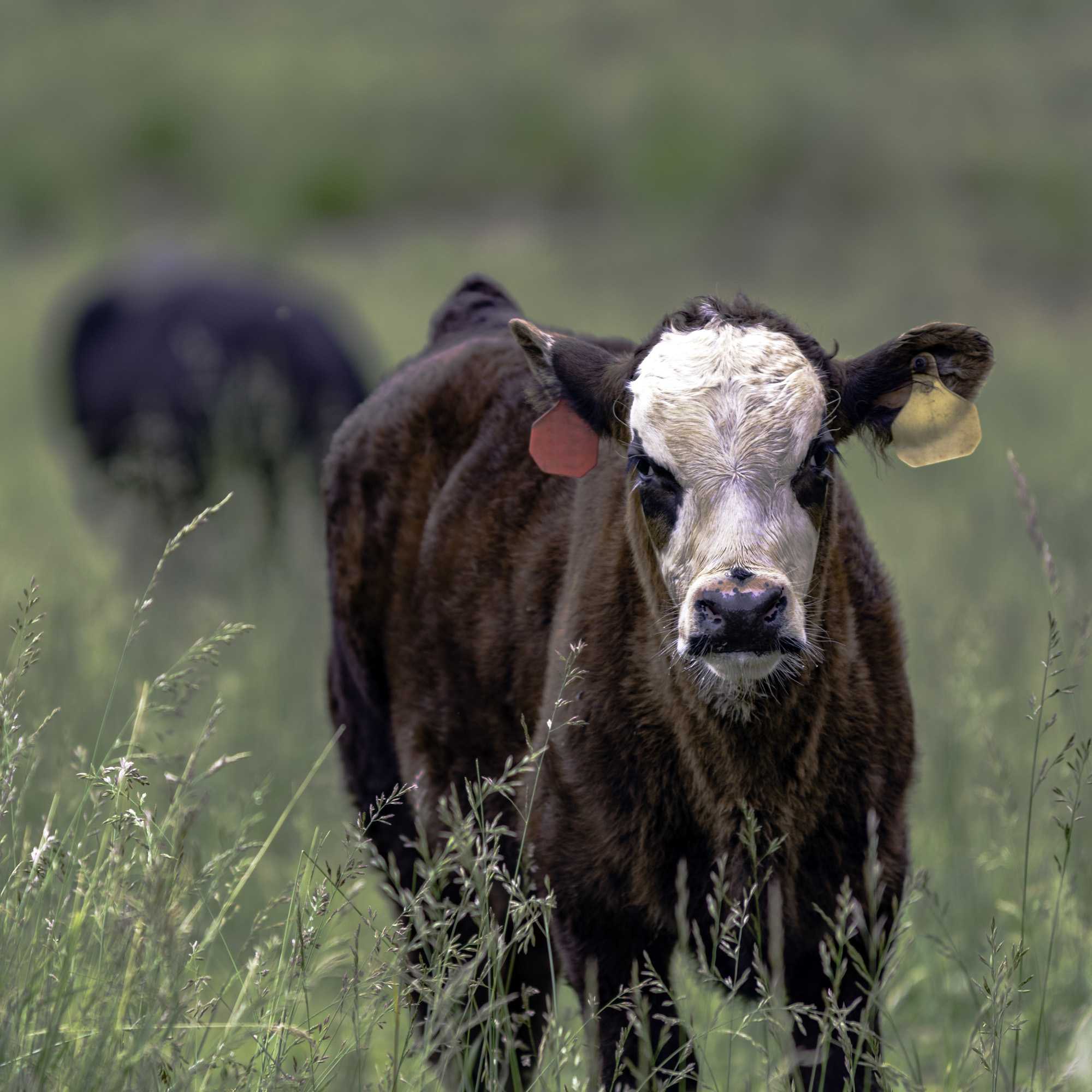
Forage tall fescue is a soft-leaf tall fescue grass with excellent quality forage, high yields and very good persistence. Compared to other forage tall fescues, our fescue grass has demonstrated superior palatability and is endophyte-free. This forage fescue produces narrow leaves which make thicker stands that are highly tolerant to grazing. Broad adaptability and resistance to major diseases makes fescue an excellent forage choice.
While tall fescue grows best on deep, moist, medium textured soils with a neutral pH, it can tolerate a wide pH range (4.7-9.5), as well as thin or poorly drained soils. There are major differences in its ability to tolerate frost and drought. Individual plants may produce rhizomes which aid in persistence under heat and drought stress. Forage tall fescue grass is well suited to situations where high forage dry matter production and persistence are the main objectives. Forage fescue grass grows well in a range of soil conditions. It can be used for hay production or grazing in both the northern and southern parts of the United States.
Tall fescue is used especially for grazing, stockpiling and hay in the US. It produces most of its total yield in the spring and has a high nutritive value in the fall, making it particularly suited for stockpiled forage. Soft leaf varieties have been developed for increased palatability and nutrient intake. This endophyte-free variety has been developed to lower the alkaloid content of tall fescue and reduce the incidence of animal disorders caused by the endophyte fungus.
This Forage Fescue breeding is focused on:
- Combining palatability & overall nutrient intake with high drought yield
- Introducing non-toxic endophytes to increase persistence & pest resistance
- Increasing rhizome length & incidence
- Resistance to leaf diseases (rust, xanthomonas, hilminthosporium)
- Increased productivity in the summer & fall
Forage Fescue Seeding Rate
25 to 30 lbs/acre.
































